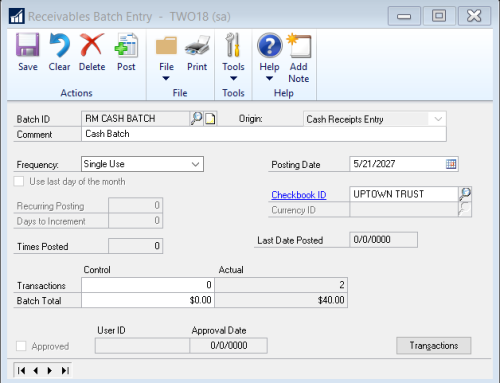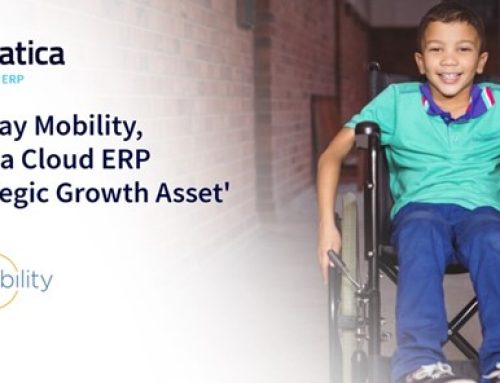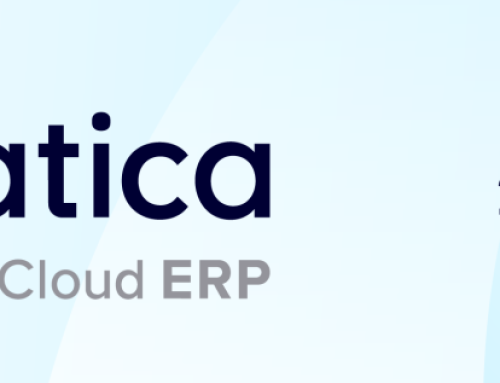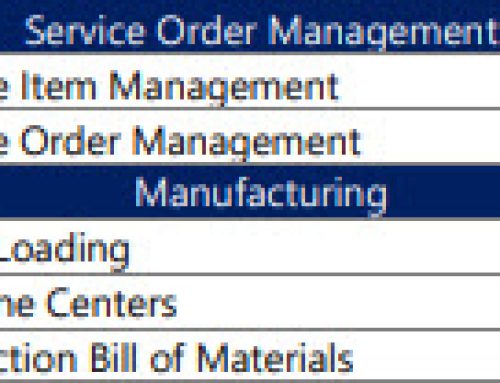There are a number of great reasons to file your payroll and business taxes electronically this year. One of the best reasons is to go green. Want to save paper? Of course, you do. Who doesn’t?
What’s the least exciting reason to go paperless in 2016? The Internal Revenue Service (IRS). I’ve yet to meet a single person or business who loves having the IRS control their choices. However, government regulations and maintaining compliance are among the top reasons that promote change in any business environment.
So, is this the year you will finally be required to file your taxes electronically? Are you surprised to hear that, odds are, you probably will?
Are filing taxes electronically a new thing? Absolutely not. In 1986, the IRS started accepting simple tax returns electronically. Does this come as a shock to you? It did to me. No one has ever called the IRS “ahead of its time.” Electronic filing to the IRS may have started with a small team in 1986, but it has come a long way since then.
Let’s face it, electronic filing is not a new thing. In fact, here at Greenshades Software, we got our start back in 1992, specifically helping our customers create these early payroll tax e-files.
So, how can something that’s been around for so long, that the government has invested millions of dollars into, not be required for all businesses? It’s only logical that the IRS would want you to participate, and they do! These requirements do not end at company income tax returns – these requirements also apply to company payroll taxes.
To add to the government’s investment, Congress passed IRS RRA 98 containing a provision setting a goal of an 80 percent e-file rate for “all federal tax and information returns.” This applies to many business taxes, such as corporate income tax and payroll tax.
As the IRS pushes to meet its 80 percent e-filing goal, businesses will need to prepare for payroll tax filing requirements. Businesses will need to either dedicate more resources to administering payroll processing, reporting, and depositing, in-house or outsource these operations to a third-party payroll service provider.
So who is required to e-file? Generally speaking, the e-filing requirements are determined based on the number of records business is filing to a reporting agency, such as a federal agency (the IRS, for example), a state agency, or a local agency. In some cases, if a business can make a substantial claim as to why they should be excluded from e-filing requirements, some states are willing to be flexible, but the federal government is generally not flexible.
- Federal requirements:
- Any business reporting 250 records or more, per entity, is required to e-file
- Where are the records e-filed to?
- Forms 1042-S, 1097, 1098, 1099, 3921, 3922, 5498, 8027, 8955-SSA, and W-2G may be filed electronically
- FIRE can accept multiple files for the same type of return.
- Combined Federal/State Filing Program (CF/SF)) is available for participating states.
- Unless e-filing through a 3rd party application, Transmitter Control Code (TCC) registration will need to be completed with the IRS.
- Affordable Care Act Information Return (AIR) system.
- Form 1094-B, Transmittal of Health Coverage Information Returns
- Form 1095-B, Health Coverage
- Form 1094-C, Transmittal of Employer-Provided Health Insurance Offer and Coverage Information Returns
- Form 1095-C, Employer-Provided Health Insurance Offer and Coverage
- W-2s can be filed through Business Services Online. You must register to use Business Services Online – Social Security’s suite of services that allows you to file W-2/W-2Cs online and verify your employees’ names and Social Security numbers against the Social Security Administration’s records.
- State requirements:
- 49 states support electronic reporting formats (Hawaii is the one exception), for State Unemployment (SUTA/SUI), SDI (State Disability) and State W-2 (where applicable).
- Reporting methods vary by state
- Most states require e-filing for businesses with more than 250 records, however, many states have far lower thresholds
- Connecticut, Georgia, Oregon, Utah, and Virginia require businesses of all sizes to report State W-2 (annual W-3 filings) electronically
- Minnesota requires any business with 10 or more employees to file W-2 filings electronically.
- Alabama, District of Columbia, Indiana, Maryland, Mississippi, Rhode Island, and Vermont require any business with 25 or more employees to file W-2 filings electronically
- Many additional states require e-filing of businesses with 50 or more records
- Local requirements:
- Most city and localities do not require e-filing, however many jurisdictions are now accepting electronic filings in lieu of paper returns
So how do you report electronically?
- The Federal government has 3 separate systems:
- There are typically two methods for State electronic filing, however it varies by state:
- Some states have website submission.
- User can either manually enter the information into state website, or upload CSV or XML file per state’s required e-file spec
- Some states still require CD-ROM type media (most no longer accept diskettes or tape cartridges) be mailed into the state agency.
- Some states have website submission.
- Local reporting:
- Some Locals are reported to the state, with state reporting
- Some locals are reported via the state website, separately of state reporting
- Most reported on CD-ROM
With additional burdens continuing to be passed down by the federal, state and local government, it’s no surprise how many employers choose to outsource their payroll. Considering outsourcing your payroll? Keep this article in mind: while outsourcing your payroll may be the best choice for your business, it’s not your only option. With proper planning, and some assistance from your trusted partners, CAL Business Solutions and Greenshades Software, you can continue to reap the benefits of keeping payroll in-house, while maintaining the compliance of today’s demands.
by, Chris Hadden, CPP, Greenshades Software





